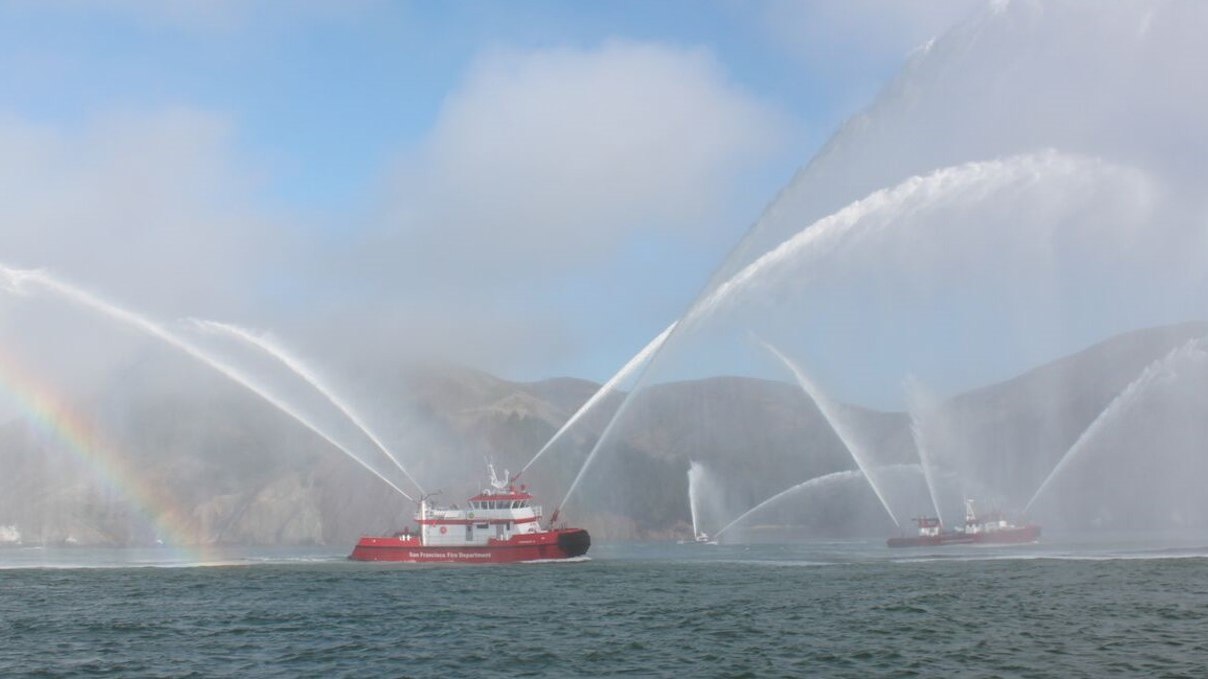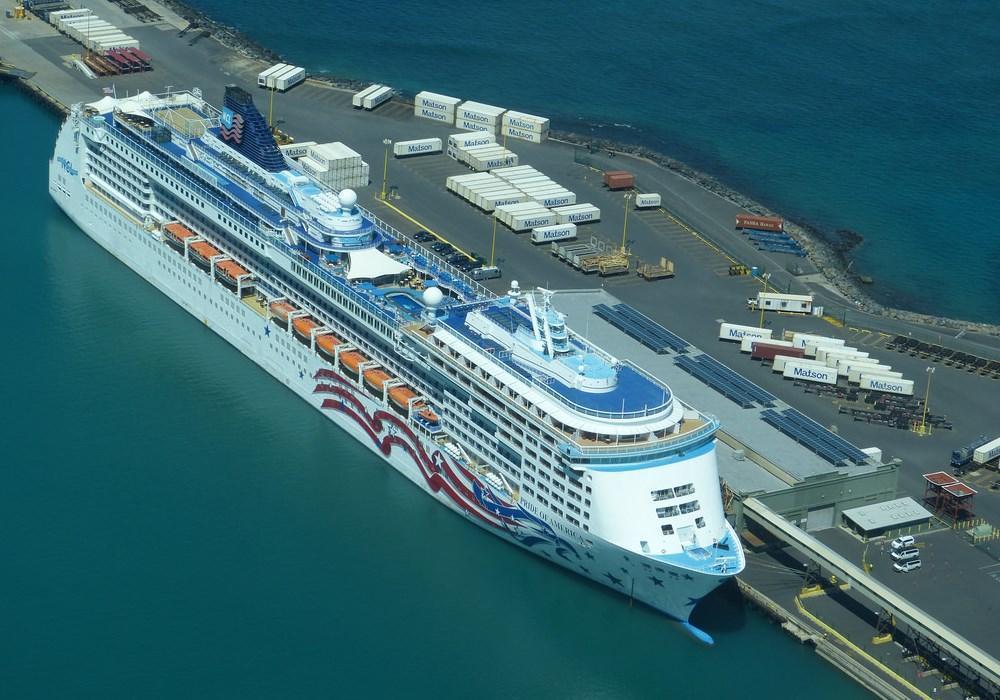aTmAg said:
Kenneth_2003 said:
aTmAg said:
Kenneth_2003 said:
aTmAg said:
ABATTBQ11 said:
aggiehawg said:
techno-ag said:
Secolobo said:
techno-ag said:
Being on an island didn't help.
...a tropical island surrounded by water...
Which they couldn't access easily.
If you've spent any time there you know how difficult moving resources is. One of the reasons everything is more expensive is almost every thing has to be flown in. And Maui isn't even the main island.
At least in Chicago people could get there easily to help and send supplies.
There are what? A quarter of a million troops stationed in Hawaii? With ships, helicopters, planes, etc? And they can't get there? 45 minutes away by air?
Exactly what are those troops supposed to do? The context of the original quote here is that being on an island did not help the initial response to the fire. The reply was that it was surrounded by water. The response to that was that the water was not readily accessible to fight the fire.
So what were all of those non-firefighting troops supposed to do? Form a bucket chain or something? It's already been established multiple times that firefighting aircraft couldn't operate because of the high winds, and the fires were miles inland away from the ocean, so, again, in the context of what you're responding to, exactly what were those troops supposed to be doing?
Hell, what would they even do now? They're not exactly trained for disaster recovery. What kind of temporary shelters, nonperishable food, or other equipment are they going to be able to bring in at the drop of a hat? Do you really want tens of thousands of soldiers or seamen in a disaster area sucking up resources while looking for a purpose?
I'm not a boat-fireologist, but don't they have these in the navy?

What's their draft? Those boats sure as heck can't get close to a beach and roll around in the surf. Lets assume the draft is 6 ft. Then they are going to need some minimum depth of clear water below the pump intake so they aren't sucking sand through the pumps and destroying them. Now look at those fire streams. They are 100% ineffective beyond one or two boat lengths. They could get a little further with a lower angle, but there are optimal attack angles for fire streams and and master stream devices and it's between 35-45 degrees BEFORE you look at impact from wind, which was howling that day (recall the fire was fed by winds from a passing typhoon).
Short answer those boats, if they exist nearby would be totally useless. The ONLY shore protection a fire boat could provide would be ~100 yards or so from a harbor or pier. They couldn't go anywhere near a beach or shallow water.
I don't know the answers to your questions. But...
even if they could only spray down the first row of houses, why not do so? Why sit in a dock?
Assuming a flotilla of available craft. Assuming they could operate at a distance from shore that would render their nozzles effective.
The fire was advancing at speeds approaching 70mph according to reports I've heard. My guess top speed on a fire boat is poetically 20knots. So conservatively soaking is advancing 1.5x the max speed of that craft. Fire boats are not built for offensive structural or wildland fire fighting.
I haven't looked at a map, much less a bathymetric chart, but my gut says the two assumptions above are invalid.
I'm talking about pre-soaking areas. I just looked up that evacuations started at 6:37am and that they were declared contained at 8:30pm. It seems like they could have helped. At least it was worth a shot. Like even if they were called, and couldn't reach, then it's better than not calling at all.
Honestly, pre-soaking or laying down wet lines doesn't help. I've tried. It didn't do S***. ******ant does help, but I'm only aware of that being able to be applied by aerial methods. Trying to wet the ground or vegetation ahead of a fire doesn't do much. It'll dry out, especially in those strong dry winds, well ahead of the fire arriving.
If all you have is wet stuff, it's got to be put ON the red stuff.
Man I get what you're trying to say. It breaks everyone's heart to see this devastation. Unfortunately on the wildland urban interface the time to save structures is in pre-planning, preparation, and prevention efforts before the fire starts. These are, unfortunately hard learned lessons that communities nationwide learn time and time again, frequently the hard way and not from advice or even experience of others.
I get the idea, thinking we've got a firetruck or a fire boat, we've got hoses, we've got pumps, we've got nozzles, lets go help. But that's not how it works. You can't self dispatch, and you can't freelance.






